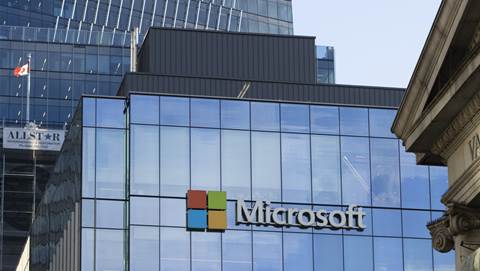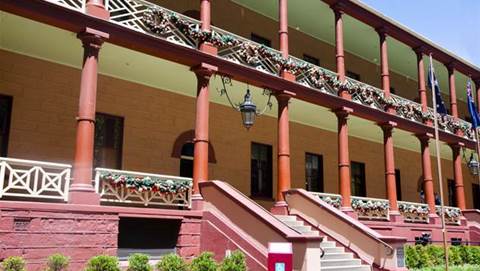The National Australia Bank has delivered the first upgrade to its new Oracle-based core banking platform in what the bank's CEO claimed was a "justification" of its decision to ditch legacy software.

The bank has been struggling with its multi-billion dollar core banking transformation project due to scope creep and improperly mapped system dependencies for the past few years. The ‘NextGen’ transformation is likely to take ten years - double the time initially forecast - as a consequence.
In its fiscal 2014 half yearly results released today, the bank updated shareholders on the project's progress.
In March, NAB installed a “direct banking release” onto the Oracle banking platform in preparation for deployment into the core NAB franchise.
It delivered a suite of Oracle enterprise functionality tools related to treasury, risk, finance and credit reporting, marking the second significant deployment onto the platform.
NAB online subsidiary UBank was the first to be deployed, with the USaver Ultra account set up specifically to run on the new platform last year. It currently holds around 375,000 customers.
Next to be moved onto the core banking platform will be new personal banking customers.
The bank has used UBank as a test bed for how future NAB products and services will run on the NextGen platform. The executive charged with heading the transformation, Lisa Gray, previously promised all new personal banking accounts would be opened on the platform by the end of this year.
Business products will follow, while the more difficult task of migrating 4 million existing customers off the legacy platform will take up to a further three years.
Outgoing NAB CEO Cameron Clyne told investors today the release of the new functionalities into the Oracle system demonstrated the benefits of partnering with a “global leader” rather than developing a bespoke solution.
He admitted the transformation thus far had not been easy, but was beginning to deliver tangible improvements to the bank’s technology environment.
“Most of these core banking platform replacements should have been done 15 years ago. The reason people don’t do them is because they’re long, they’re complex, and one generation of management enjoys the cost and another generation enjoys the benefits,” he said.
“Our underlying systems are incredibly stable, we could have kicked this down the road another five years. But at some point you have to bite the bullet and make the investment. If you’re not doing it now, all you’re doing is putting the cost down for the future and it’s going to be much more expensive.”
Investment in infrastructure projects grew by 26 percent, or $80 million, this half against the same period last year, primarily due to the delivery of transformation programs including NextGen.
Very little will be left untouched by the time the technology transformation project wraps up - data centres, networks, online and mobile banking sites, desktops, call centres and credit and general ledger systems are among those to be replaced alongside NAB’s core banking system.
Ongoing transformation efforts
The bank also revealed it undertook a “major” upgrade and simplification of the NABConnect online business banking portal last month, after shifting it to a private cloud solution running out of the bank’s new Digital Realty data centre in Deer Park.
NAB’s occupancy-related expenses over the half year grew 8 percent, or $31 million, in part due to the opening of the data centre which went live last year.
The NABConnect portal, which provides online banking for large corporate customers, was redesigned for simpler use, in a project which required “rapid migration” of customers following its go-live. NABConnect is understood to pass $57 billion through the portal every month.
Over the past six months the bank's IT team also consolidated seven product information databases into the one new NABit system. The search tool has now been rolled out across the entire bank after being piloted with the personal banking division.
It is similarly making progress towards its goal of reaching an ideal application state of less than 100, having rationalised core banking products down from around 500 in 2009 to 184 as of last month.




.png&h=140&w=231&c=1&s=0)
_(5).jpg&h=140&w=231&c=1&s=0)



.png&w=100&c=1&s=0)

 iTnews Benchmark Security Awards 2025
iTnews Benchmark Security Awards 2025
 Digital Leadership Day Federal
Digital Leadership Day Federal
 Government Cyber Security Showcase Federal
Government Cyber Security Showcase Federal
 Government Innovation Showcase Federal
Government Innovation Showcase Federal
 Digital NSW 2025 Showcase
Digital NSW 2025 Showcase











_(1).jpg&h=140&w=231&c=1&s=0)



